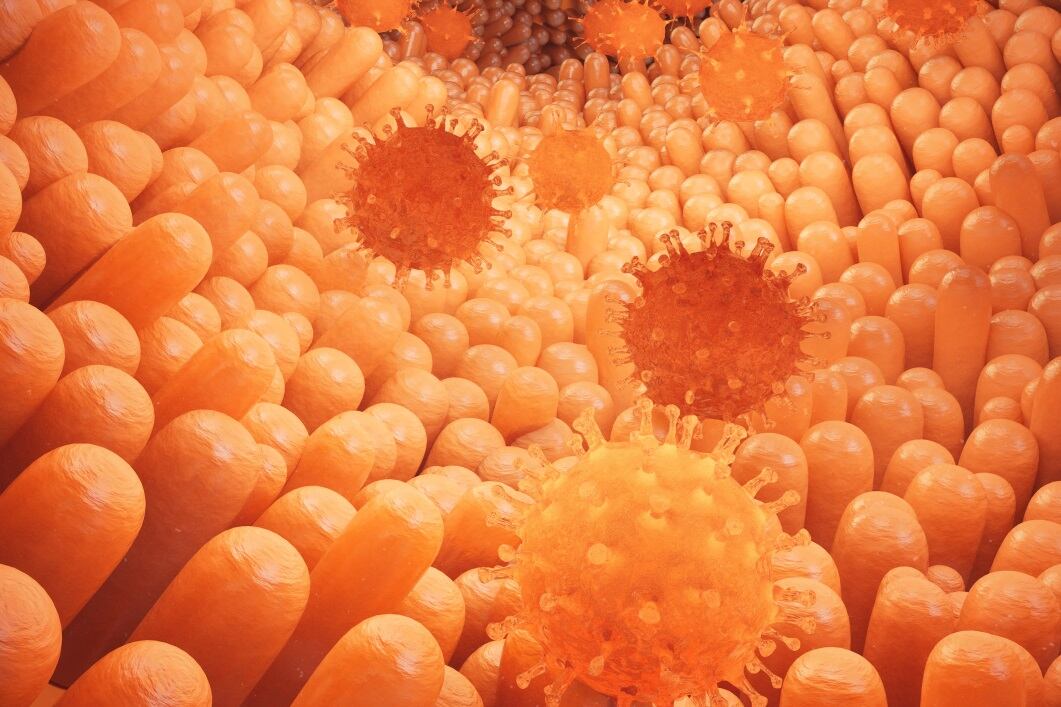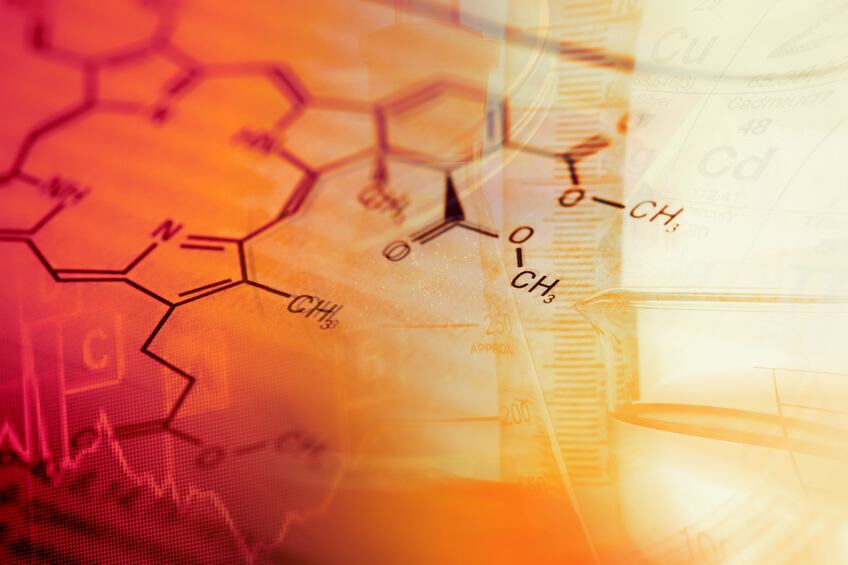Salmonella and listeria are among the most common – and often deadliest – foodborne infections.
According to data from the European Food Safety Authority (EFSA), the European Union sees over 100,000 human cases of salmonella reported each year. EFSA has estimated that the overall economic burden of human salmonellosis could be as high as EUR3bn a year. Meanwhile, EFSA says, although listeriosis is rare, the disease is often ‘severe’ with high hospitalisation and mortality rates.
Early, rapid and reliable detection on food and industrial food processing equipment is therefore ‘paramount’, NEMIS suggested. The company has been working in conjunction with a team of academics on a solution to update current testing methods, which usually requires the growth of bacterial cultures in a contained laboratory. A conclusive result based on standard diagnostic techniques generally takes two to six days.
In the journal Angewandte Chemie, a team of scientists from Tel Aviv University, The Zürich University of Applied Sciences, NEMIS Technologies and Biosynth introduced a new, ultrasensitive, chemiluminescence-based method for the direct detection of Salmonella and Listeria monocytogenes.
The method is based on chemiluminescence – the emission of light resulting from a chemical process. The simplicity of the tests allows for both enrichment of the bacteria and their detection in a test tube, with no further sample preparation and therefore, no containment laboratory is required.
“[It is] as easy as pressing a button. NEMIS kits do not need any sample preparation,” Dr. Hupfeld explained.
Faster, more accurate and cheaper
NEMIS believes that the newly developed-technology will prove a superior alternative to conventional testing.
The chemiluminescence probes have proven to be about 600 times more sensitive than conventional fluorescence probes, according to the researchers.
The success of this technique is due to specially developed molecular probes combining a luminescent substance (a phenoxy-dioxetane) with a ‘trigger’. In this form the probe does not light up.
The trigger is tailored to the bacteria to be detected. It is recognised by a specific enzyme produced by the pathogen – a special esterase in the case of salmonella and a special phospholipase C for listeria – that splits it from the luminescent part, the researchers revealed.
This enzyme kicks-off a chemical reaction that causes the luminescent molecule to split and emit a ‘very intense green light’.
Tests with various bacteria showed the probe tailored to the Listeria test only reacts to Listeria monocytogenes - not to other, non-pathogenic, strains of Listeria.
Significantly, the test is much quicker than current methods of detecting the pathogens, with the first results after six to eight hours. This means same day detection can be achieved even with dried bacteria from food industry surface materials such as stainless steel, the researchers claimed.
There are other benefits too, Dr. Hupfeld suggested: “Safe onsite detection makes sample transport obsolete, thereby saving time and making detection more reliable.”
He continued: “Our kit will be significantly cheaper than other rapid diagnostics such as PCR.”
NEMIS is now working on making the new testing procedure commercially available. “We plan the first beta testing by end of the summer and the start of the AOAC certification procedure. Official launch is planned for mid-2020,” the science chief revealed.
Source
Angewandte Chemie
‘Ultrasensitive Detection of Salmonella and Listeria monocytogenes by Small-Molecule Chemiluminescence Probes’
Published online ahead of print: June 2019
doi: 10.1002/anie.201904719
Authors: Roth-Konforti M, Green O, Hupfeld M, Fieseler L, Heinrich N, Ihssen J, Vorberg R, Wick L, Spitz U, Shabat D.




